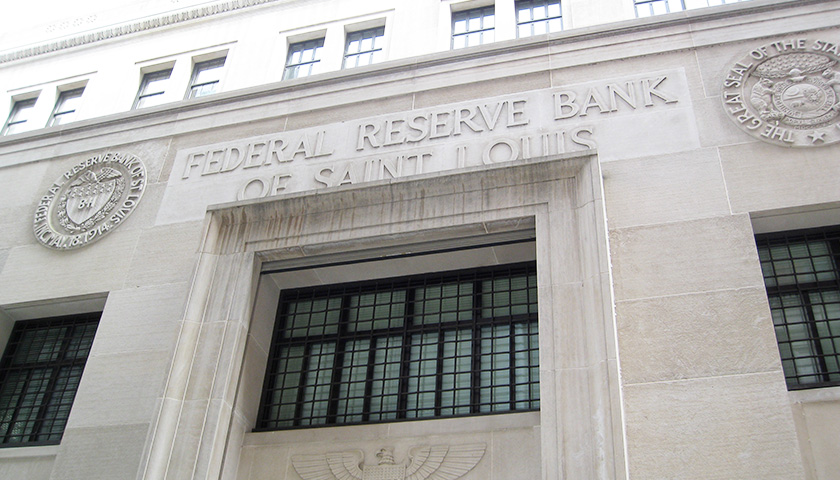The U.S. added 12,000 nonfarm payroll jobs in October as the unemployment rate remained unchanged, according to Bureau of Labor Statistics (BLS) data released Friday.
Economists expected 110,000 jobs to be added in October, far lower than the initially reported 254,000 job gain in September, and that the unemployment rate would hold steady at 4.1%. Previously reported job gains for August and September were revised down by 81,000 and 31,000, respectively, following a trend under the Biden-Harris administration of overestimating employment growth in initial estimates, with the cumulative number of new jobs reported in 2023 roughly 1.3 million less than previously thought.
Read More








